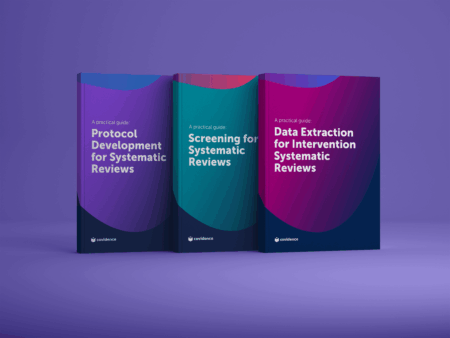Why Screening Matters: Ensuring Relevance, Consistency, and Quality. The key to High-Quality Evidence Synthesis.
Systematic reviews are key to evidence-based practice, helping researchers, and policymakers make informed decisions. Behind each review lies a rigorous process that ensures that only the most relevant and high-quality evidence makes it to the final analysis or synthesis. One step in this process is screening.
What is screening in a systematic review?
Screening is the process of searching through the results of a comprehensive literature search to identify studies that meet pre-specified inclusion and exclusion criteria. This is usually done in two stages:
- Title and abstract screening – Quickly reviewing titles and abstracts for relevance.
- Full-text screening – A more in-depth review of the remaining articles to confirm eligibility.
This process ensures that only studies that are truly relevant make it into the included studies list.
Why is screening so important?
✅ Maintaining relevance: Not every article that turns up in a database search will be directly related to your research question. Screening filters out irrelevant studies, keeping your review focused and meaningful.
✅ Consistency: Screening uses pre-specified eligibility (inclusion and exclusion) criteria to reduce bias and provide transparency. These criteria should be pre-specified in your review protocol.
✅ Improving replicability: A well-documented screening process enhances the replicability of your review. Future researchers can understand your decision-making process and replicate your methods if needed.
✅ Ensuring quality: Even if a study appears related, it might not meet the quality standards set out in your inclusion criteria. Screening allows you to weed out poorly designed or reported studies early in the process and reduces bias.
✅ Saving time and resources: Screening might sound tedious, but it actually saves time in the long run. By filtering out unsuitable studies early, you reduce the workload for data extraction and analysis stages. Software such as Covidence can save a significant amount of time spent on screening especially when you use the automation features.
Why have Covidence written an e-book on ‘A practical guide: Screening in Systematic Reviews’?



